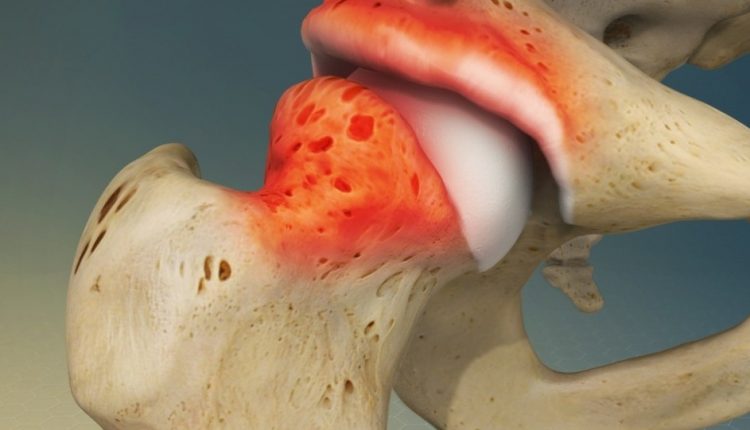
Hip: What is femoral-acetabular conflict and what are the symptoms?
Femoral-acetabular conflict is a bone abnormality in the hip joint that, over time, can lead to the development of arthrosis and, therefore, a particularly severe degenerative process
What are the causes of femoral-acetabular conflict?
Femoral-acetabular conflict is created when, due to a malformation of the hip acetabulum or a malformation of the femoral head, the two bones, which in a normal condition do not touch each other, rub against each other, causing arthrosis over time.
There are two types of femoral-acetabular conflict: we speak of the cam type when the malformation affects the femoral head, which, instead of the typical ball shape, is more like an egg; while we speak of the pincer type when the acetabulum is wider than normal and thus touches the neck of the femur.
Arthrosis is a chronic degenerative process, which affects the cartilage, i.e. the membrane that protects the bone.
When it is affected by arthrosis, the cartilage reduces in thickness until it disappears: as a result, the bones that divide will touch each other.
Arthrosis of the hip, in about 70% of cases, is secondary to the femoral-acetabular conflict
The anomalies underlying the femoro-acetabular conflict are not congenital, but develop during the maturation of the bone: the definitive morphology of the hip can therefore be assessed after the adolescent period.
Femoral-acetabular conflict is a fairly frequent pathology, affecting 30% of the world’s population.
However, it does not always evolve into arthrosis.
Femoral-acetabular conflict and arthrosis: What are the symptoms?
The symptoms of femoral-acetabular conflict are similar to those of arthrosis, but with a lower intensity, being in one case the onset of the disease and in the other its degeneration.
The main symptom in both cases is pain, which in the femoro-acetabular conflict will be milder and will manifest itself particularly after sporting activity.
The site of this pain can vary: it can occur in the groin, laterally or at the buttock.
In the case of a rupture of the acetabular labrum, a kind of ‘seal’ that protects the hip, the pain will go from the front of the body to the buttock.
Another symptom is a functional limitation of certain flexion and intrarotation movements.
In the arthrotic process proper, on the other hand, the pain is more significant and develops in several stages.
Initially, the patient has pain in the early stages of movement, for example when standing up, but if he starts to walk, the hip loosens up.
However, the pain reappears at the end of the day, when the patient relaxes and stops moving.
In the more advanced stages of the arthrosis process, the pain becomes continuous and can also occur during sleep, impairing sleep.
Moreover, in the case of arthrosis, the patient has serious limitations in movement: he cannot bend his leg and this leads to difficulties in habitual movements, such as putting on socks and shoes, or getting in and out of a car.
Arthroscopy to treat femoral-acetabular conflict
The first examination to diagnose femoral-acetabular conflict is the X-ray, which may be followed by second-level investigations such as CT scan or MRI with contrast medium to the joint.
After confirming the presence of femoro-acetabular conflict, examining the patient, and performing tests to assess the level of symptomatology affecting the patient, the specialist may deem it necessary to resort to surgery.
The femoro-acetabular conflict is treated by arthroscopy, a minimally invasive surgical technique in which the patient’s joint is accessed through a few millimetres of holes and, with the help of a camera that allows the surgeons to monitor the operation from a viewer, the defects are filed and corrected with a special instrument and, when necessary, the acetabular labrum is repaired with small anchors.
Often the patient with a femoral-acetabular conflict develops symptoms that are misunderstood, for instance by confusing this disorder with a pubalgia.
Instead, it is important to intervene on a symptomatic femoro-acetabular conflict in time, to prevent the joint from degenerating.
In short, the earlier one intervenes, the better the chance of saving the joint, otherwise it will no longer be possible to intervene arthroscopically but it will become necessary to replace the entire joint with a prosthesis: a much more demanding surgical treatment.
Read Also:
Emergency Live Even More…Live: Download The New Free App Of Your Newspaper For IOS And Android
Wrist Fracture: How To Recognise And Treat It
Fracture Of The Kneecap: Surgery And Rehabilitation
How Are Prosthetic Infections Treated?
Femoroacetabular Impingement (FAI): Treatment And Recovery



